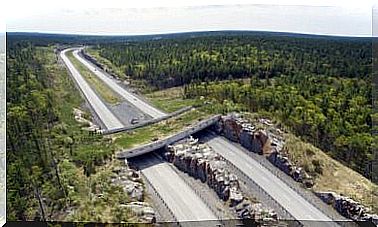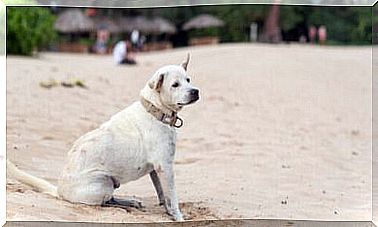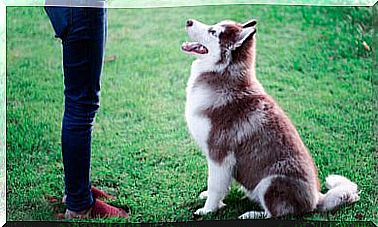Cancer Is No Longer The End For Your Dog
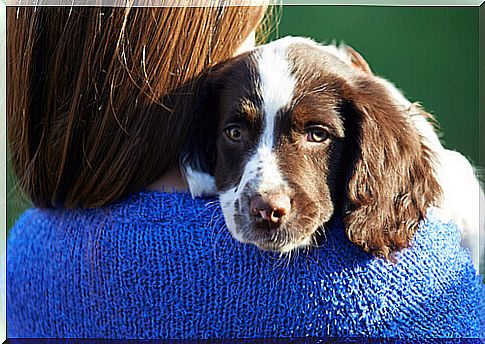
Dogs, like humans and other animals, can also be victims of cancer, the terrible disease characterized by the uncontrolled development of cells that generates a growth of excess tissue – a tumor, in fact, or neoplasm. However, a dog has cancer doesn’t mean his life is over.
Fear of disease
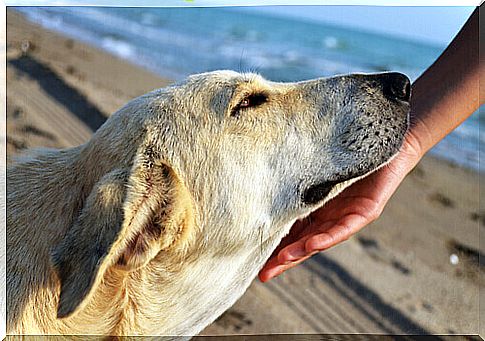
Listening to the words “tumor” and “dog” together can arouse very negative feelings. Nonetheless, thanks to current scientific advances, this disease is no longer a death sentence for our animals. In fact, cancer is the chronic disease that offers the greatest number of treatment alternatives. There are several treatments that can be undertaken without causing any consequences.
In some cases it is possible to medicate your dog, in such a way as to reduce symptoms and improve the quality of his life and the duration of the same. It is good to keep in mind that to better deal with this disease it is essential to know it thoroughly. This will also allow us to get rid of the typical taboos and prejudices, focus on the problem in the most positive way possible and help our dog in the best possible way.
The advancement of cells in the dog’s body
In the first stage of the disease, cells begin to grow relentlessly, destructively attacking the tissues and parts of the body where they grow. The cells of the body considered “normal” have a limited life span and, once they die, are replaced by others that are very similar.
Cancer cells, on the other hand, reproduce in a disorganized and chaotic manner, even when there is no need for new cells. It should also be borne in mind that not all cancers are the same – there are more than a hundred different types.
Benign tumors consist in the growth of abnormal cells, which slowly separate and do not invade neighboring tissues; they can produce aesthetic or functional alterations, but they do not endanger the dog’s life.
In the case of malignant tumors, however, cells divide rapidly and tend to invade and destroy adjacent tissues. This process occurs in an aggressive and rapid manner and can lead to serious consequences, as the cells in question attack the healthy ones, destroy them and occupy their place, preventing the tissue from carrying out its function.
Detect cancer in your dog early
As is evident, the earlier the disease is identified, the more likely it is that the dog will recover. If your friend belongs to a breed predisposed to this disease, be very careful. For example, large dogs are more likely to develop bone cancer. If you own a Mastiff and see it limp, know that it may have been stung by something, but there could be other causes.
Cancer treatment in dogs
Treatment can vary depending on the tumor, the affected area, the age of the animal, and so on. It may be necessary to completely remove, or have to resort to some analyzes, to assess the state of the lesion, as well as radiographs or ultrasounds to locate any tumors inside the body and then be able to evaluate its extension (identify the presence of metastasis).
The lungs are the organ on which cancer cells from other parts of the body are deposited most frequently, which is why your dog may be subjected to a chest X-ray. A biopsy will also provide useful data for the identification of internal tumors.
Some cancers can be dealt with aggressively, resulting in healing. In general, there are three ways to fight cancer: surgery, radiation therapy and chemotherapy. As a rule, treatments consist of a combination of several methods.
Surgery
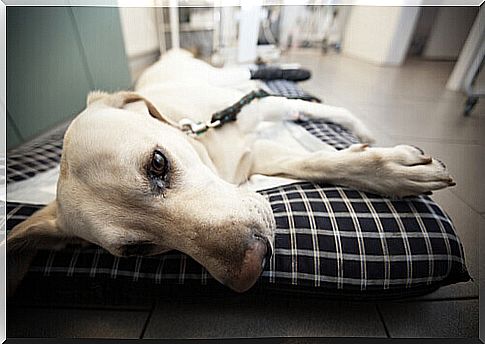
This is the most frequently used treatment, the only one that ensures healing. Not only the tumor itself will be removed, but also the adjacent area, for prevention purposes.
Radiotherapy
In this case, the cancer is treated with X-rays and other radiation aimed directly at the tumor. Radiation therapy requires very expensive machinery and there are not many places that perform it.
Anti-cancer cream
There are products that absorb into the skin and burn the cancer, causing only the cancer cells to escape, dissolving the meat around the tumor and healing the animal, which will recover in a few days. Of course, this solution does not work in all cases.

